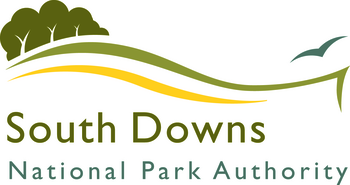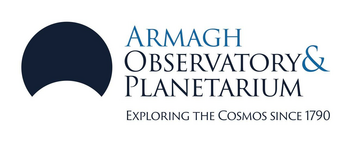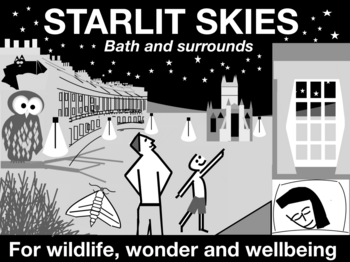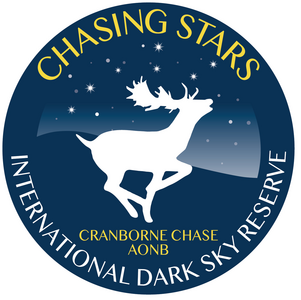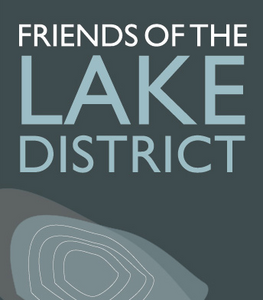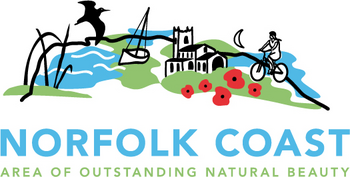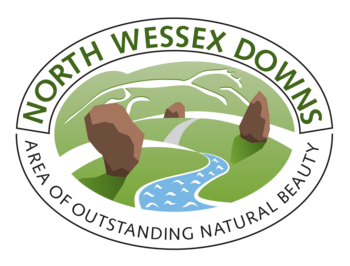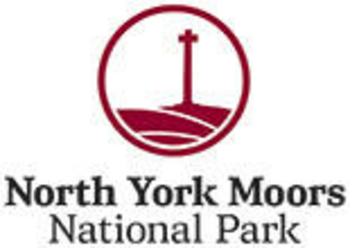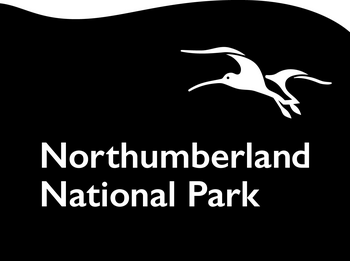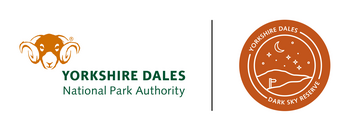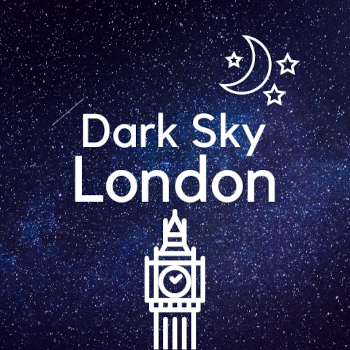South Downs National Park IDSR
In May 2016 the South Downs National Park became an International Dark Sky Reserve, the second in England and at the time one of only sixteen in the world. With 2.2 million people living within 10 km of the South Downs National Park and many more within reach in Greater London and southeast England, the South Downs International Dark Sky Reserve is one of the most accessible in the world. Across the South Downs International Dark Sky Reserve, some of the best locations for stargazing are already designated as Dark Sky Discovery Sites, offering sweeping views of the starry skies.
Commission for Dark Skies
The British Astronomical Association’s Commission for Dark Skies was founded in 1989 to counter the growing tide of light pollution that has tainted the starry sky over most of the UK. It believes in constructive dialogue with those involved in making, choosing and installing lighting with a view to emissions being in the right place at the right time, from environmentally sensitive lighting types.
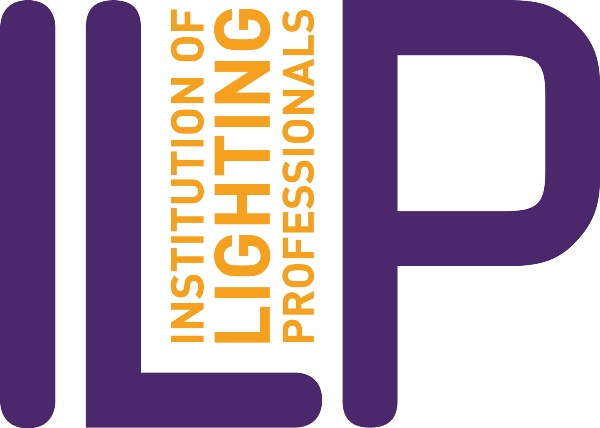
Institution of Lighting Professionals
The Institution of Lighting Professionals unites the skills of engineering, design and technology in order to deliver quality lighting for the built environment and to achieve public benefit. In setting and establishing standards for good practice, the Institution seeks to ensure that its members attain and develop the professional knowledge, education and skills to meet necessary competencies and to enhance their careers.
Armagh Planetarium and Observatory
Armagh Planetarium is the longest running planetarium in the British Isles. The planetarium was opened in 1968 and celebrated its 50th anniversary in 2018.
Bath and Surrounds Starlit Skies Alliance
The Bath and Surrounds Starlit Skies Alliance is a partnership of Cotswolds Area of Outstanding Natural Beauty, parish councils, BANES, the William Herschel Society, Bath Astronomers and other interested bodies. The aim of the alliance is to promote good practice in lighting of public, commercial and private properties as well as highways. The benefits will be for wildlife, health, energy consumption/cost and access to the night sky.
Broads National Park
In the winter of 2015/16, the Broads Authority assessed the darkness of the Broads skies from the ground. At the same time, CPRE (the Countryside Charity) was assessing the darkness of the skies from the sky. Together, the data sets showed that the Broads is mostly an area of good dark skies, with some pockets of very good dark skies.
Cranborne Chase IDSR
Cranborne Chase, the darkest area in south central England, became the first Area of Outstanding Natural Beauty in the U.K. to be designated in its entirety as an International Dark Sky Reserve in 2019. Its staff work tirelessly to conserve and educate about the beauty of its starry skies.
Exmoor National Park
In 2011 Exmoor was designated as Europe’s first International Dark Sky Reserve by the International Dark-Sky Association. Its dark skies are some of the best in the U.K., with minimal light pollution, and on a cloudless night the Milky Way, thousands of stars and astronomical sights are visible with the unaided eye.
Friends of the Lake District
(representing CPRE The Countryside Charity for the whole of Cumbria)
The Lake District and Cumbria offer some of the most spectacular and precious skyscapes in England, allowing us to see the natural wonder of the stars. Dark skies are also critical for the health of wildlife and our own natural well-being.
Go Stargazing
Go Stargazing encourages public interest in astronomy by helping people find stargazing events and locations across the UK. We are keen to support grassroots organisations such as Astronomical Societies and Clubs and actively raise awareness of the adverse impact of light pollution on our night skies.
Norfolk Coast AONB
The Norfolk Coast boasts some of the darkest skies in the country. The lack of artificial light helps the coast retain its rural character and overall tranquillity. Its remote and peaceful nature is another reason why people are attracted here. Darkness provides a multitude of benefits to us – it helps us to sleep, relieves stress and allows us to tap into all our senses and get close to nature. It is also essential for wildlife – maintaining natural biorhythms, breeding, feeding and migration patterns of species.
North Pennines AONB
The North Pennines has some of the darkest skies in the country, where you can see thousands of stars on clear nights, so it’s the perfect place for stargazing. Here, you are away from the light spillage of busy towns and cities which creates the familiar glow that blocks out the stars.
North Wessex Downs AONB
Dark skies add to the beauty, tranquillity and sense of remoteness of a place. Looking up at a starry sky or across a moonlit landscape is a memorable and magical experience. In the North Wessex Downs AONB almost 15% of our sky is as dark as anywhere in the country. Darkness at night is an integral part of a landscape, and we want to ensure the AONB remains a place where a sense of remoteness and tranquillity predominates and where vast night skies can thrill the eye, unaffected by light pollution.
North York Moors National Park
The big open skies of the North York Moors are breathtaking by day, and also by night when the dark sky panorama is revealed. In December 2020, we were designated an International Dark Sky Reserve by the International Dark-Sky Association. We’re officially one of the best places in the country to see stars, because of the low light pollution levels and clear horizons. In the darkest areas of the National Park you can spy up to 2,000 stars at any one time.
Northumberland National Park
In Northumberland, we’re fortunate to have very low levels of light pollution. This means that we have the most ‘pristine dark skies’ in England (CPRE Night Blight Report 2016), making it one of the best places in the country to go stargazing. Thanks to its dark skies and a joint commitment to conserve them, the whole of Northumberland National Park and most of Kielder Water & Forest Park became England’s first International Dark Sky Park in 2013. Here, on a clear night, you can see thousands of stars, the Milky Way and even the Andromeda Galaxy (2.5 million light years away) with the naked eye. Every night, there is something special to experience.
South Downs Planetarium
The South Downs Planetarium Trust is a Registered Educational Charity run by a dedicated team of volunteers and astronomy enthusiasts who have a passion for science and education and believe that learning should be fun! The Planetarium project was started in 1992 by members of the South Downs Astronomical Society who wanted to establish an educational centre to promote astronomy, space and Earth sciences on the south coast of England. We opened to the public on 30th July 2001 and are one of the largest planetaria in the British Isles.
Yorkshire Dales National Park Dark Sky Reserve
The Yorkshire Dales is home to some of the darkest skies in the country. We’re proud to have large areas of unpolluted night sky where it’s possible to see the Milky Way, planets, meteors and even the Northern Lights. This is one of the special qualities of the Yorkshire Dales, and why we’re thrilled to have gained international recognition as an official Dark Sky Reserve, which will help raise awareness, and conserve and celebrate this special quality. The whole of the Yorkshire Dales National Park has been designated a Dark Sky Reserve, the largest in the UK.
Dark Sky London
Dark Sky London is a community group on a mission to reduce light pollution in London, protect our city’s nighttime biodiversity and restore our dark skies.
We are working together with communities and councils to implement nighttime conservation efforts and to educate Londoners and our government about the preservation of natural night in our city. We aim to one day see London become the world’s first ‘Dark-Sky Metropolis’.
Society Of Light and Lighting
Exterior lighting can make a valuable contribution to people’s work, safety and enjoyment after dark, but it can also be obtrusive or harmful. This is not inevitable, but it is possible and is highly dependent upon how a lighting scheme is designed and technology is operated. This lighting guide, Protecting the night-time environment, outlines the causes and consequences of obtrusive light and, more importantly, how good design can minimise these effects, not just on the human scale, but also for the wider nocturnal environment.

Contact the UK Dark Skies Partnership
We are not available to comment or provide consultation on individual lighting issues. If you’re concerned about individual lighting concerns, for example intrusive or badly directed private or public lighting, see chapter 7 of https://britastro.org/dark-skies/pdfs/CfDS_booklet_Rev07.pdf
For other queries, please contact:
Dan Oakley
Dark Skies Officer South Downs National Park Authority
01730 819339
Dan.Oakley@southdowns.gov.uk

